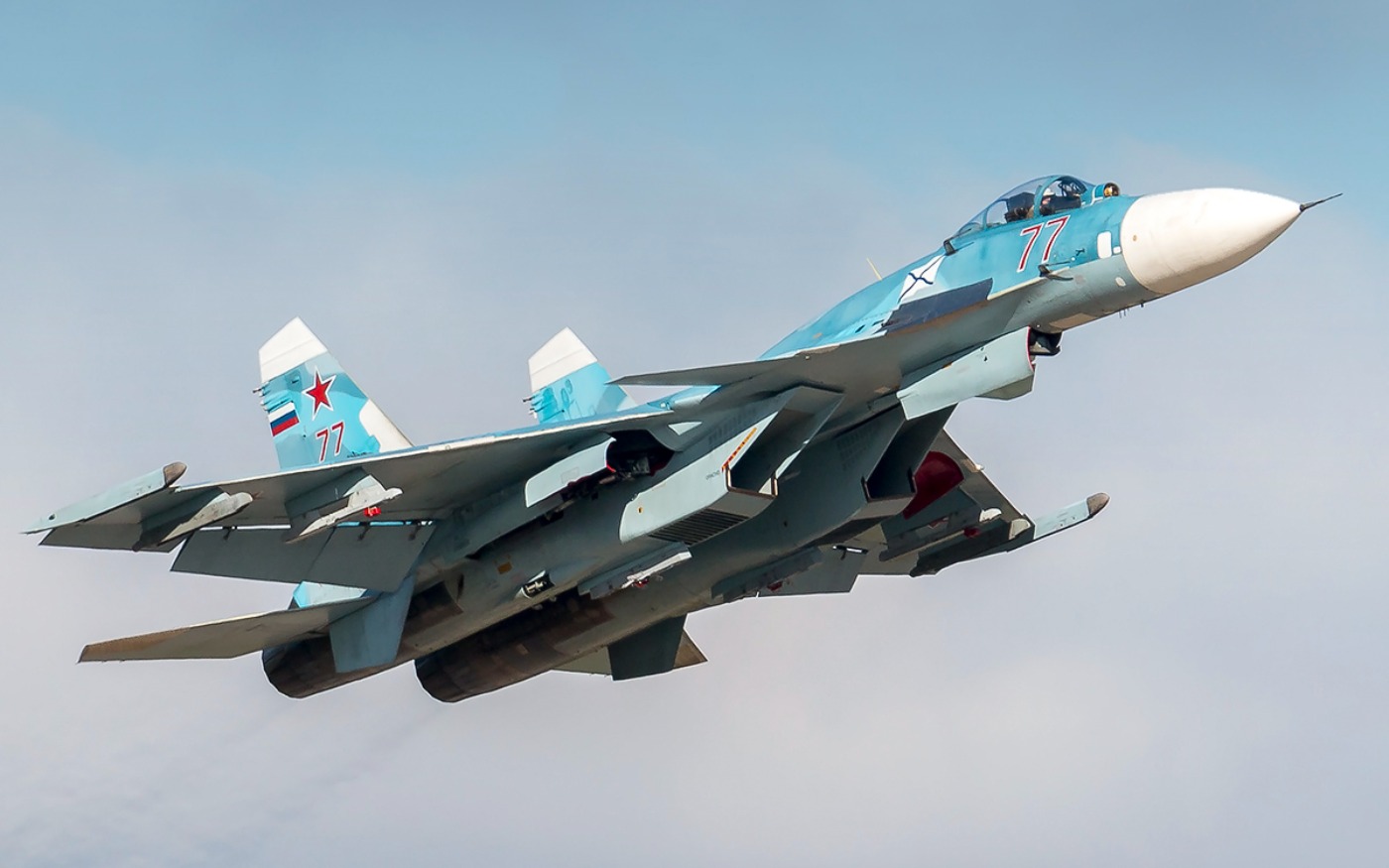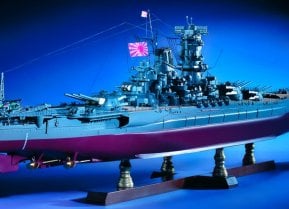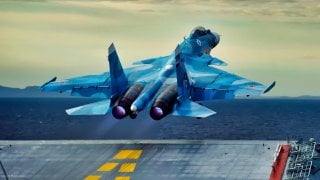Sukhoi Su-33: Russia's Garbage Aircraft Carrier Fighter? Not So Fast
The Su-33 Flanker, a robust single-seat, multi-role fighter jet designed for carrier operations, represents one of the Russian military's more capable combat aircraft.
Summary: The Su-33 Flanker, a robust single-seat, multi-role fighter jet designed for carrier operations, represents one of the Russian military's more capable combat aircraft. Originating from the Su-27, the Su-33 includes enhancements like folding wings and reinforced structures for carrier landings. Equipped with Saturn AL-31K engines and capable of carrying a wide array of munitions, its versatility is notable despite reliance on external radar support for target acquisition. Operational challenges, including the long-term incapacitation of its primary platform, the Admiral Kuznetsov, have shifted its roles to include conventional sorties, especially highlighted by its usage in the ongoing conflict in Ukraine.
The Su-33 Flanker: Adapting to Modern Warfare Beyond the Sea
Despite its various shortcomings, the Russian military fields several capable combat aircraft. Capable of operating from aircraft carriers, the Su-33 Flanker is one of them.
The Su-33 Flanker is a single-seat, multi-role fighter jet designed for carrier operations.
Compared to the Su-27 Flanker, on which the Su-33 was based, the naval interceptor has a much stronger structure and undercarriage to withstand the extreme forces of carrier operations.
Additionally, it comes with folding wings, stabilators, canards, and larger wings for increased lift. In terms of performance, the Su-33 has two Saturn AL-31K engines that can produce a combined 60,000 lbs of thrust.
When it comes to weaponry, the Su-33 has 12 external hardpoints that can carry a variety of weapon systems, including R-73 heat-seeking air-to-air missiles and R-27 radar-homing air-to-air missiles, as well as cruise missiles, glide bombs, rockets, and conventional bombs. In total, the fighter jet can pack over 14,000 lbs of munitions and also has a 30mm Gryazev-Shipunov GSh-30-1 cannon with 150 rounds for dogfights.
The Su-33 has the ability to operate both night and day at sea through a combination of night vision capabilities and radar. However, like most Russian combat aircraft, its onboard radar platform is questionable, and the Su-33 often has to rely on friendly airborne warning and control systems (AWACS) or ground radar stations to find and engage enemy targets.
Like other aircraft of the “Flanker” family, the Su-33 is highly maneuverable and can reach speeds of about Mach 2 (or 1,500 miles per hour). As a naval interceptor, the Su-33 has superior operational range, approximately 1,900 miles, to enable over the water operations. The aircraft also has the ability to refuel midair, thus further increasing its operational range. The multi-role fighter can also operate at altitudes of over 55,000 feet.
The Su-33 Flanker was designed to operate from aircraft carriers against enemy naval interceptors and warships. However, the Russian navy’s sole aircraft carrier, the Admiral Kuznetsov, has been out of commission since 2017. Although the Russian military assesses that the troubled aircraft carrier will soon be operational again, in reality, it is unlikely that the Admiral Kuznetsov will set sail in the next couple of years—if ever. As a result, its aircraft complement has instead been flying conventional combat sorties against ground targets in Ukraine.
There were plans for a two-seat aircraft based on the Su-27 with side-by-side seating, but they never went ahead, and only one prototype was ever built. As a result, the single-seat Su-33 remains the primary naval interceptor of a military without a current aircraft carrier capability.

Before the war in Ukraine, the Russian Aerospace Forces were considered among the best in the world. However, two years of conflict in Ukraine have largely degraded that belief. Indeed, Russian air power has suffered successive blows, losing precious aircraft and pilots in the process.
As a result, Moscow has to go deep in its arsenal to ensure it has the necessary aircraft. As a result, aircraft like the Su-33 Flanker, which were designed for other mission sets, have to double down and contribute to the fighting.
About the Author
Stavros Atlamazoglou is a seasoned defense journalist specializing in special operations and a Hellenic Army veteran (national service with the 575th Marine Battalion and Army HQ). He holds a BA from Johns Hopkins University and an MA from the Johns Hopkins School of Advanced International Studies (SAIS). His work has been featured in Business Insider, Sandboxx, and SOFREP. Email the author: [email protected].


